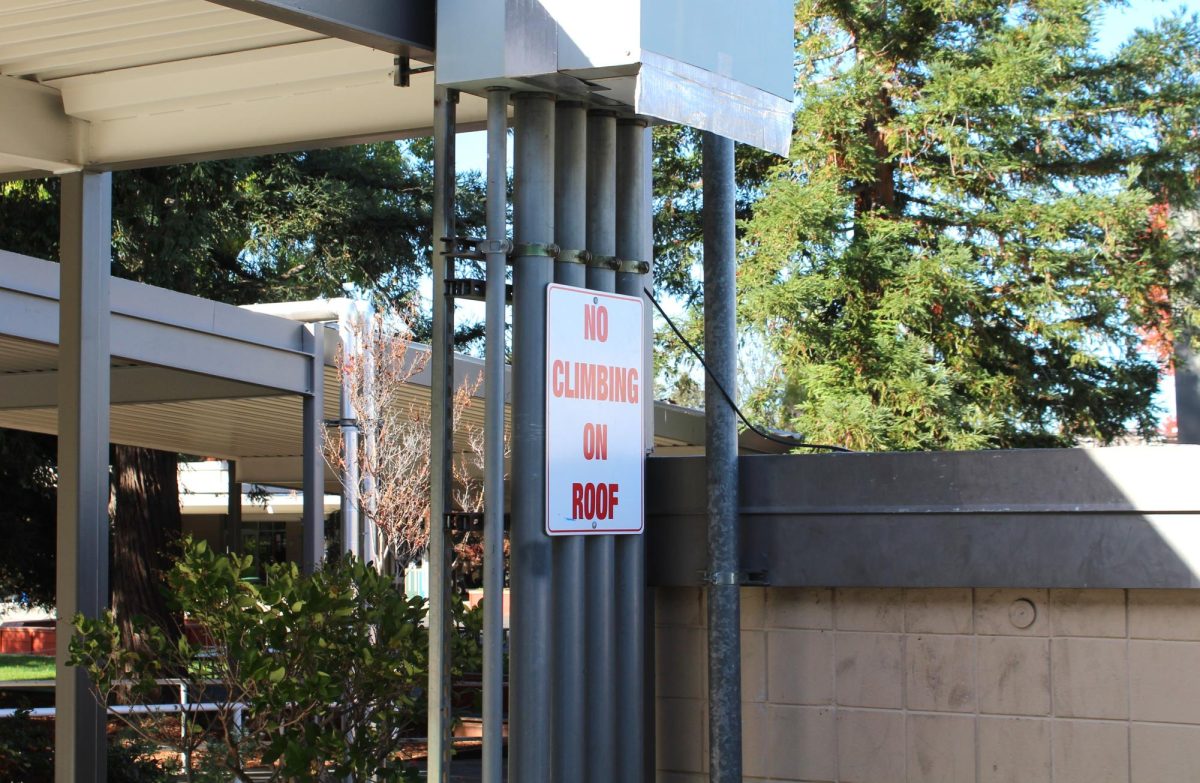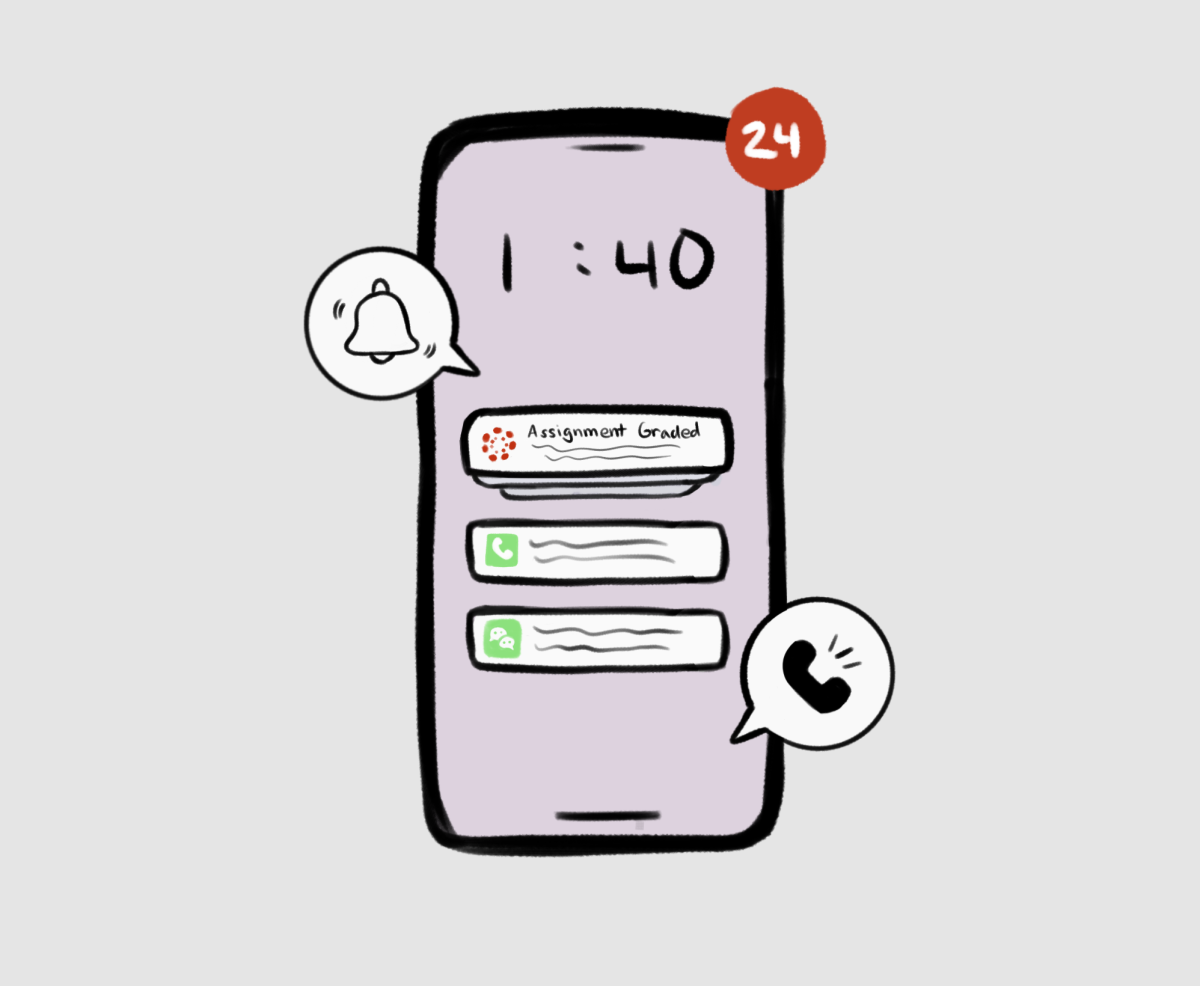In response to President Trump’s attacks on the mainstream media throughout his campaign and presidency, where he called some journalists and news outlets “fake news” and the “enemy of the American people,” hundreds of news organizations released editorials on Aug. 15, addressing the issue of the rising distrust of media. A rare sight for journalism, mainstream media seemed to ban together against the president of the United States.
For instance, The New York Times released an article titled, “A Free Press Needs You,” where the editorial board underscored the importance of the role journalism plays as the “fourth branch” of the government. Locally, the San Jose Mercury News published an editorial called “President Trump, we are not the nation’s enemy.”
With the rise in distrust of mainstream media, many people are quick to blame the paradigm shift on Trump’s unapologetic and brash comments and also on the ignorance of the American people. However, while these publications are quick to criticize, the irony lies in their own inability to see their own role in their downfall: political bias.
Ever since Trump has been introduced to the political sphere, a divide can be seen in its fabric between those who support him and those who do not. This polarization has led to a larger problem: the inability for the two political parties to communicate and form opinions based on individual beliefs.
Identity politics has become even more entrenched. Identity politics, which is the idea that because someone is a specific race or a specific gender, their beliefs and ideals should align with a certain party, have stripped people of their individuality and is the root problem for their deep distrust in the media.
What tends to happen is that people begin to listen only to media that lean toward their own specific political parties. Media outlets, in turn, try to satisfy their base viewers by releasing stories that lean to a specific side. As a result, stories that are supposed to be completely factual and apolitical begin to have a clear bias.
For instance, outlets such as CNN and Fox both claim to be bipartisan, even though their coverage of certain stories tends to lean either left or right. For instance, according to Vox, in CNN’s coverage of the Parkland shooting last February, they interviewed only survivors who had liberal views. Meanwhile, Fox News covered only victims who were more conservative. Both outlets used their platform as a means to push a political agenda.
But this bias lies deeper in the mainstream media, beyond entertainment-oriented outlets such as Fox and CNN. Even well-established newspapers such as The New York Times have clear biases. A majority of the staff on the Times leans left, and on Aug. 1 the Times admitted a very controversial figure into its editorial board — journalist Sarah Jeong.
Even after digging up tweets racist against whites from Jeong’s past, the Times defended its decision to keep her on the board. But if those tweets were about a different race, it would not be a stretch to say she would most likely not be hired.
Regardless of whether or not the Times’ decision to keep Jeong is justified, the fact remains that Jeong’s radical left-leaning position does not aid in the paper’s bipartisan reliability.
There are more examples of biased journalism in the mainstream media, and it is not a surprise that trust in the the news is diminishing. There is no doubt that journalism is an integral part in American life, and it does serve a poignant purpose in checking the grievances of the government. However, when the media continues to push a political agenda while claiming to be unbiased, they should not be surprised to see a dwindling interest in the stories they report.

























